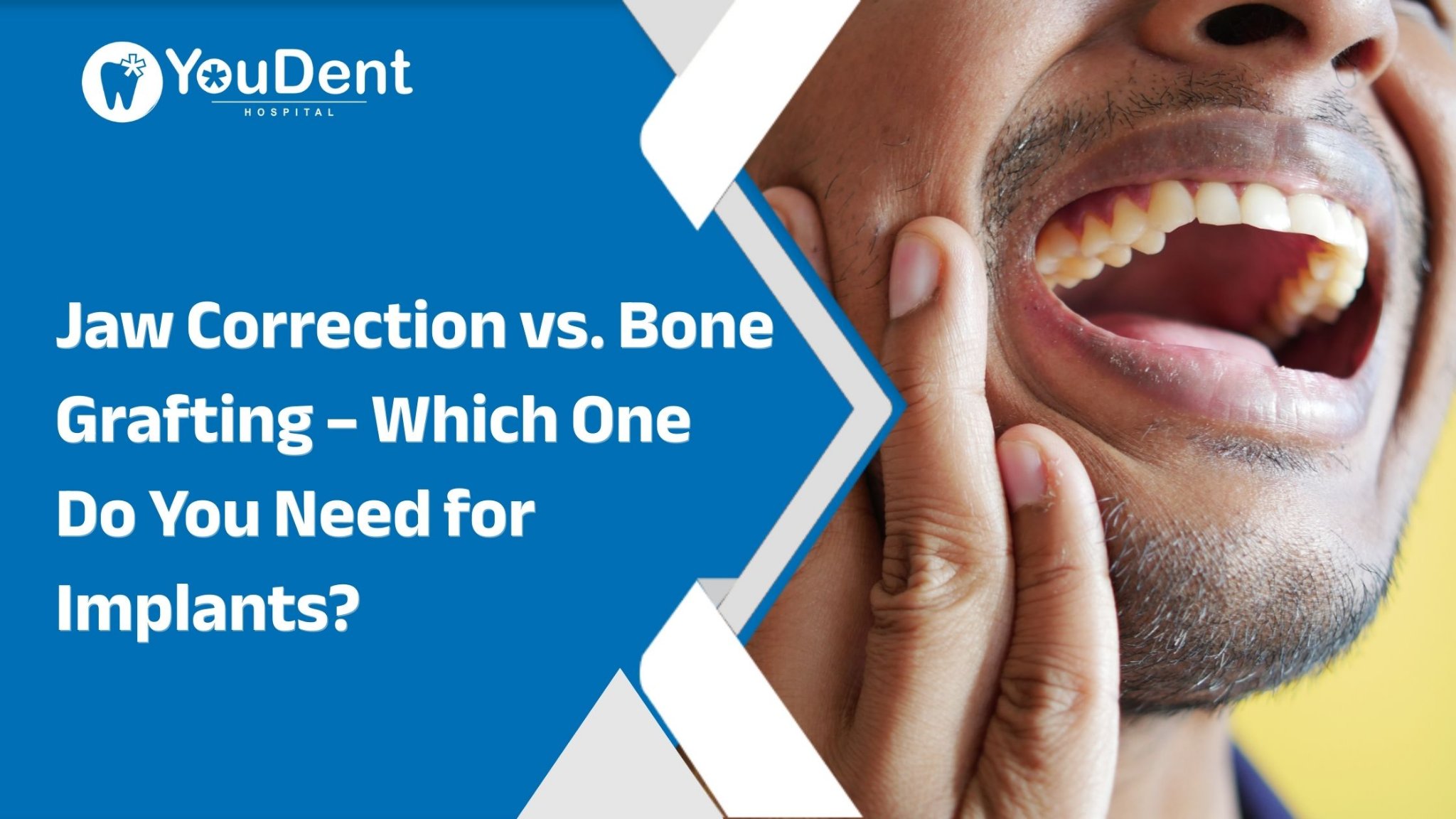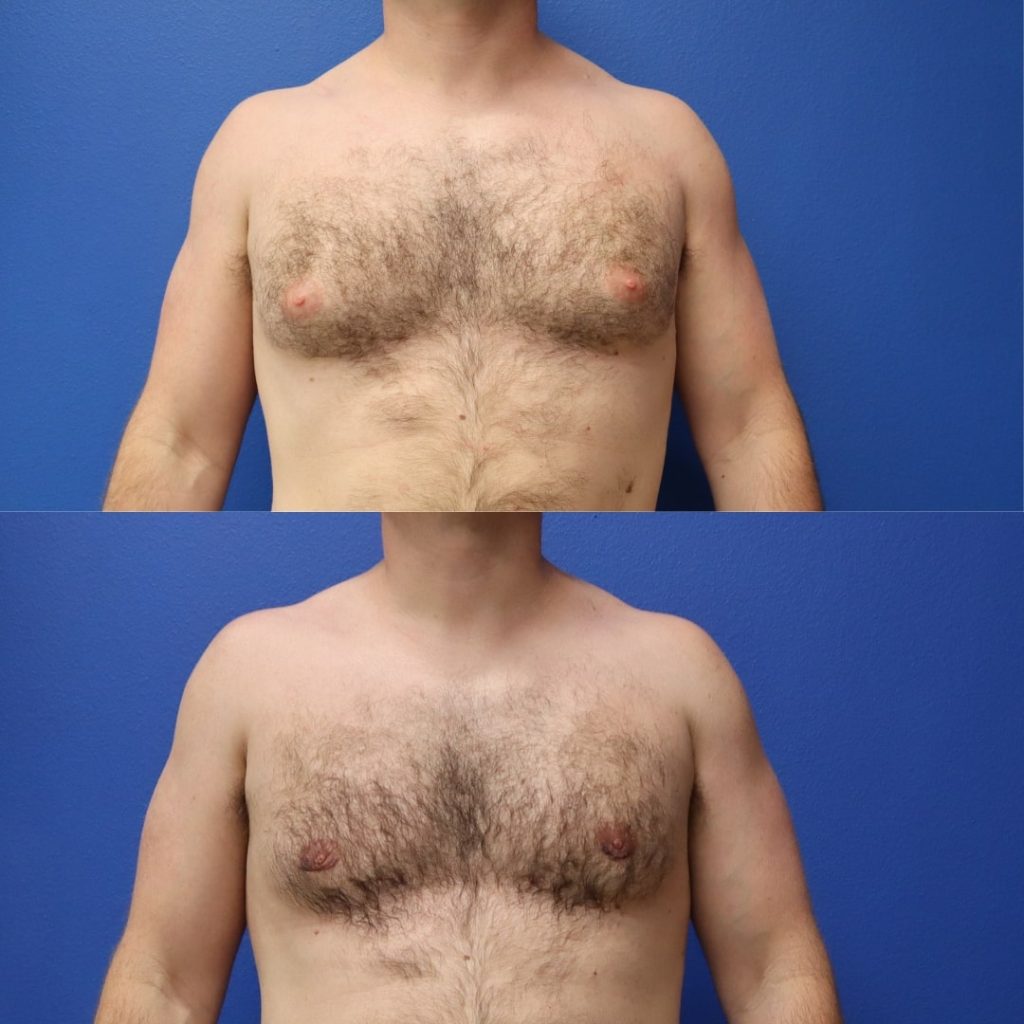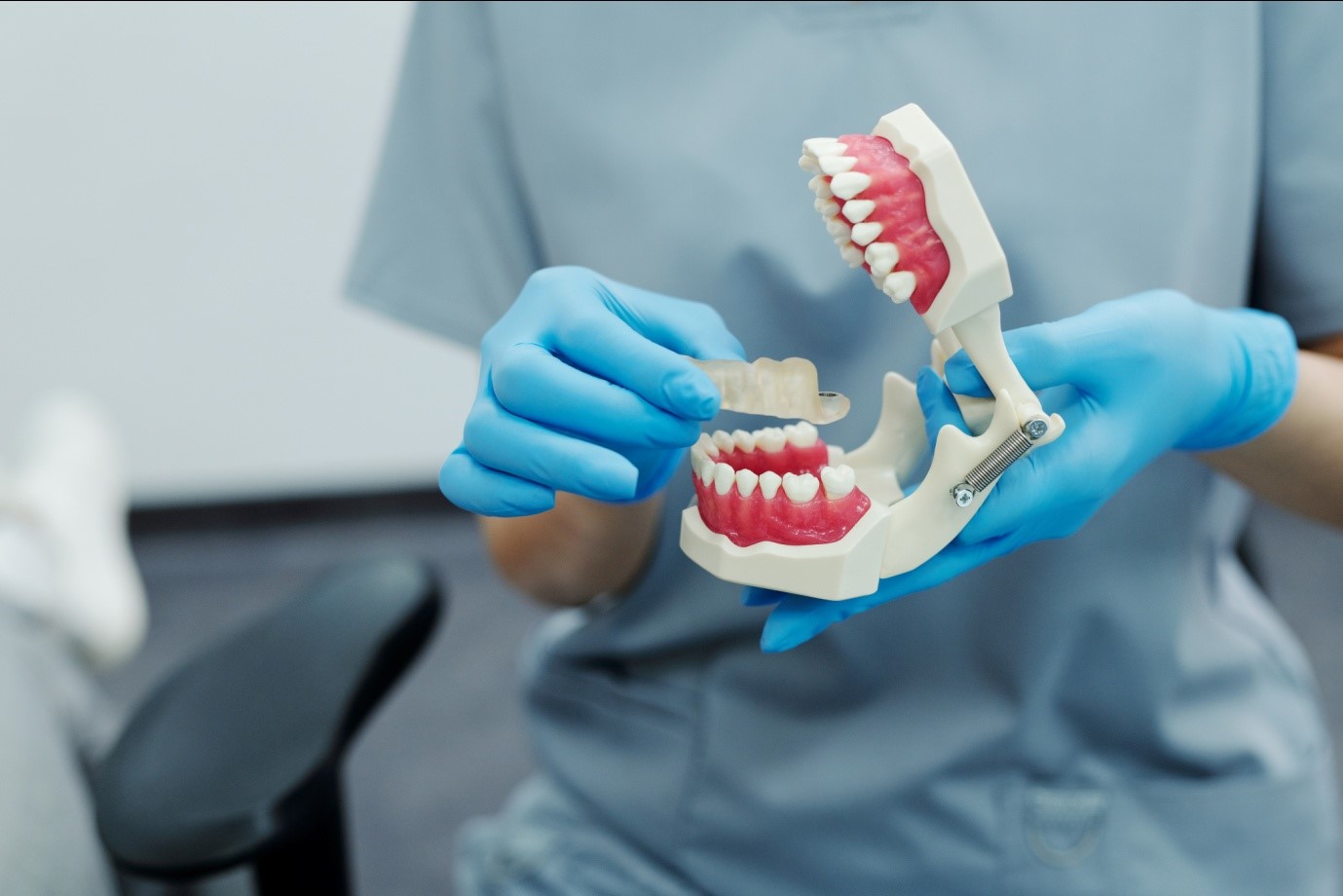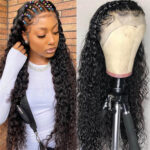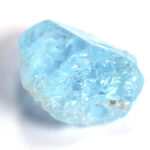Bite turbos, also called blocks or ramps, are tiny devices that your dentist attaches to your front or back teeth to keep the upper and lower teeth from touching each other when you bite down.
Orthodontists install bite blocks to let your teeth move into the proper alignment and keep you from biting off the brackets.
Turbos are small composite platforms that your dentist places on the inner part of upper front teeth and on the biting surfaces of the back molars to deter complete teeth closure.
In some cases, when the dentist p[laces the upper and lower braces simultaneously, the top teeth bite down and contact the lower dental braces, and this causes pain to the patient and prevents the lower teeth from aligning properly.
To avoid these unfortunate problems, dentists place Bite Turbos on the back of the upper front teeth or the biting surfaces of the back molars to function as ramps or speed bumps to deter the patient from biting down.
Your orthodontist can easily remove these Bite Turbos as they are not permanent.
This helps in improving and perfectly holding your bite. The contact between the upper and molar teeth becomes limited through turbos.
Table of Contents
Why Do You Need A Bite Block For Braces?
If your dentist provides you with bite blocks, it is because your teeth come into contact with each other and can slow down the process of straightening your teeth and avoid any damage to them.
When many patients have an overbite, crossbite, crowding, or deep bite, your dentist will give you bite blocks to keep you from biting down on your brackets and popping them off or harming your tooth.
Orthodontist use bite blocks with orthodontic braces. Some orthodontists may use bite blocks alone, which can help correct a crossbite.
What Are The Two Types Of Bite Blocks?
Bite blocks are usually divided into two types.
The first type is the front of your mouth, and the second is the bite blocks placed in the back of your mouth.
How Can You Fix Bite Block Concerns?
- Having Problems While Chewing Food
If you have difficulty chewing food, your dentist will suggest bite blocks. Many people have noticed that wearing bite blocks changes how your jaw muscles work, and you will need time to learn how to eat your food after getting bite blocks fastened to your teeth.
- Feeling Pain and Discomfort
You are expected to feel pain and discomfort in the early days of wearing bite blocks, and the affliction may rise as you start biting and chewing food. You can take medication by consulting your orthodontist to avoid pain and discomfort in this condition.
- Speech Impairment
Facing problems while speaking can arise from bite blocks getting in the way while you speak, and this will happen only with people with blocks connected to their teeth’ inside surface.
To normalize speaking, you must practice speaking easy everyday words and then move to complex sentences.
- Having Lost or Worn Blocks
This indicates that your block material has become worse with time, and now it’s time to visit your dentist to substitute them with a new one.
- Biting Only on One Block
Many people feel that their teeth touch only one of the blocks, but it is normal, and if you don’t feel any pain or discomfort, there is no need to visit an orthodontist.
How Does a Bite Turbo Work?
It prevents extra pressure on the teeth or braces. This method treats dental problems such as overbite, underbite, or crossbite.
The main job of bite turbo is to keep your teeth apart so they do not cause any issues while chewing.
Conclusion:
Orthodontists use bite blocks to fix your jaw alignment and improve your bite. Bite turbos prevent biting on brackets and lessen the amount of breakage.
Bite Turbos are very useful in fixing many dental concerns. Contact your ORTHODONTIST BRACES NEAR ME for more information and consult your dental issues.
At Ivanov Orthodontic Experts, we value your time and help keep your teeth healthy. Contact us online or call our office at (786) 540-1919 for more information. No other orthodontist will offer such flexible orthodontic treatment and payment.



